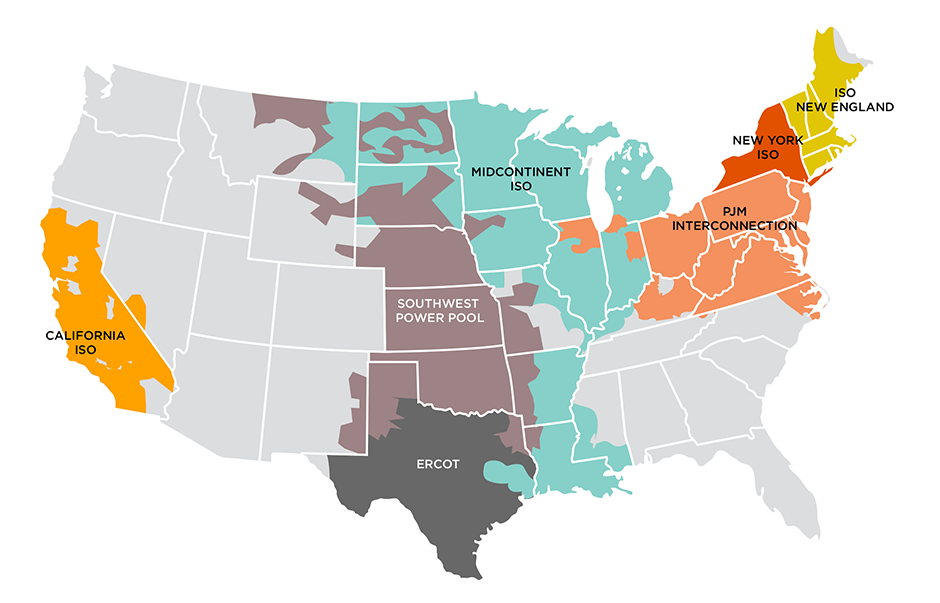JTAER, Vol. 19, Pages 3137-3153: Enhancing Building Information Modeling Effectiveness Through Coopetition and the Industrial Internet of Things
Journal of Theoretical and Applied Electronic Commerce Research doi: 10.3390/jtaer19040152
Authors: Agostinho da Silva Antonio J. Marques Cardoso
The construction industry plays a crucial role in the global economy but faces significant challenges, including inefficiencies, high costs, and environmental impacts. Although Building Information Modeling (BIM) has been widely adopted as a solution to these issues, its practical impact remains limited. This study investigates how manufacturers can enhance their contributions to improve BIM’s effectiveness, proposing that coopetition practices—combining competition and cooperation—can positively influence these contributions, thereby enhancing the benefits of BIM. To explore this hypothesis, an Experimental Coopetition Network was implemented in the Portuguese ornamental stone (POS) sector, utilizing Industrial IoT technology to facilitate collaboration among selected companies. The study assessed the impact of coopetition practices on key performance indicators related to BIM, including on-time delivery, labor productivity, and CO2 emissions. The findings demonstrate significant improvements in scheduling, operational efficiency, and environmental sustainability, validating the hypothesis that coopetition practices can enhance manufacturers’ contributions to BIM. These results suggest that coopetition practices contribute to better project outcomes, increased competitiveness, and sustainability within the construction industry. Despite the promising results, the study acknowledges limitations such as the scope of the sample size and observation periods, indicating areas for future research. This research contributes to the theoretical framework of coopetition, aligning with the United Nations Sustainable Development Goals (SDGs), and provides valuable insights for industry practitioners and policymakers seeking to implement more sustainable construction practices.

 1 week ago
21
1 week ago
21


